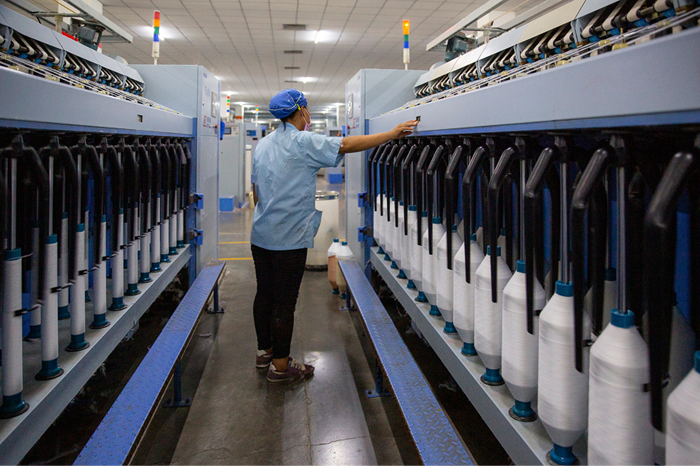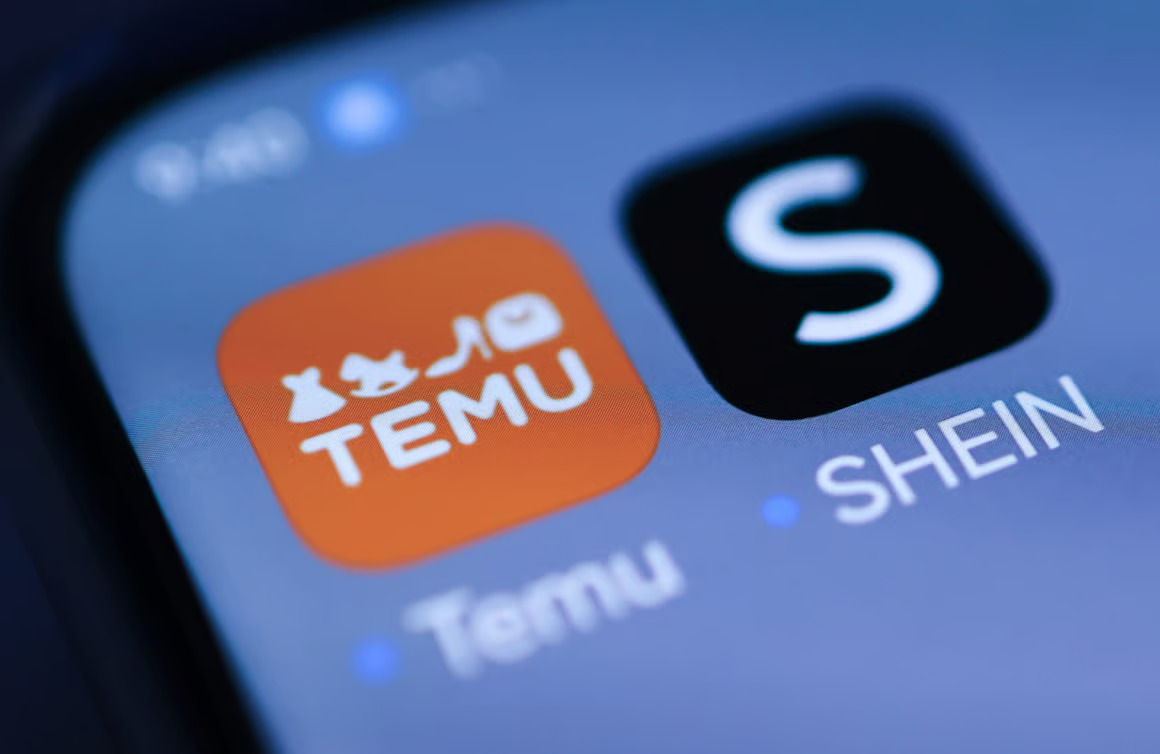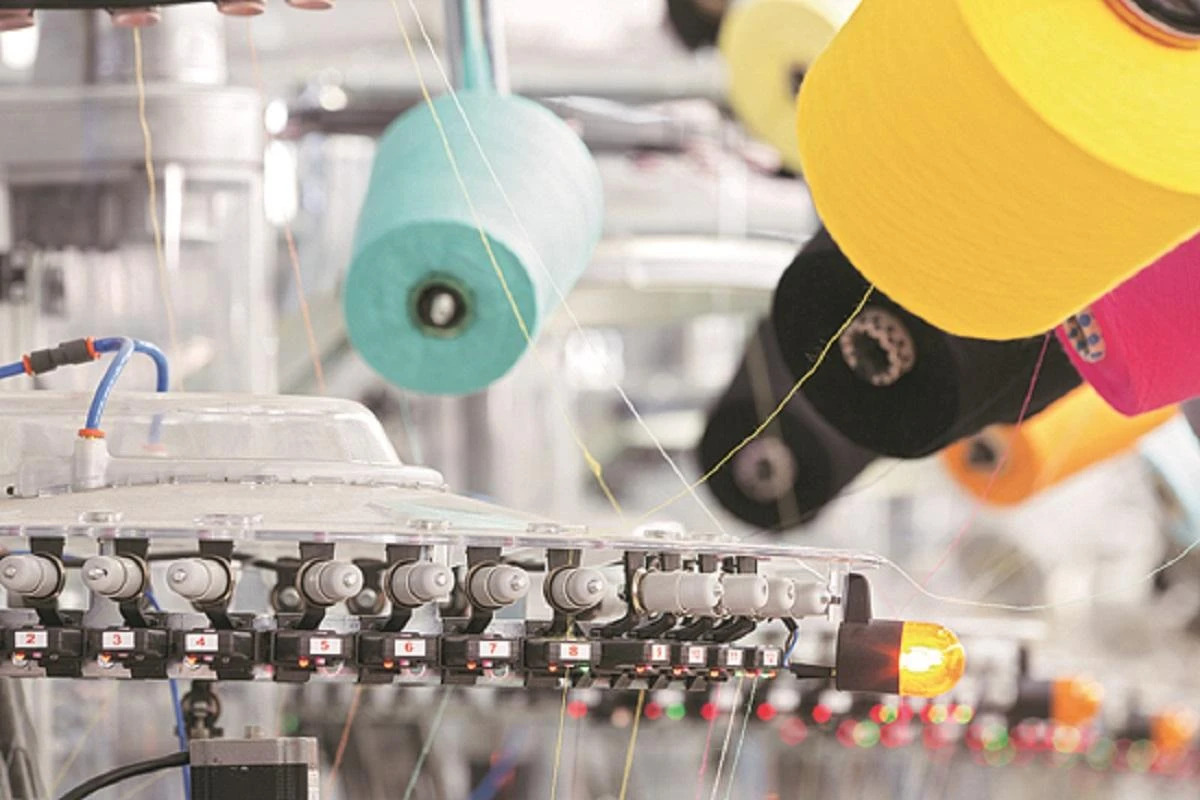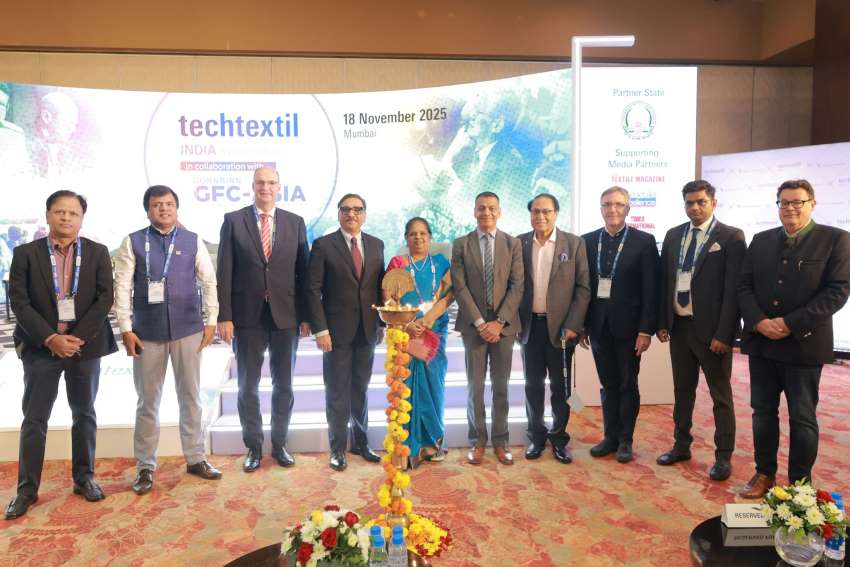"Being publicly associated with Muslims, whether as designers, models, consumers or influencers was considered as a big taboo for the fashion industry; especially after 9/11 attacks on the United States. But now, a connection to Muslims is seen as an asset with global fashion brands, from luxury to high street, running promotions for Ramadan and Eid. In London especially, luxury retailers gear up for the "Harrods Hajj," a seasonal pre-Ramadan influx of affluent Gulf shoppers. Fashion brands even create a capsule collection from their existing ranges. A specialist infrastructure for the fashion-industry is growing globally with Muslim designers showcasing their work at the proliferating number of modest fashion weeks and fairs around the world."
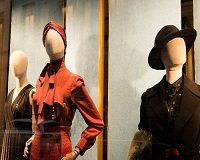 Being publicly associated with Muslims, whether as designers, models, consumers or influencers was considered as a big taboo for the fashion industry; especially after 9/11 attacks on the United States. But now, a connection to Muslims is seen as an asset with global fashion brands, from luxury to high street, running promotions for Ramadan and Eid. In London especially, luxury retailers gear up for the "Harrods Hajj," a seasonal pre-Ramadan influx of affluent Gulf shoppers. Fashion brands even create a capsule collection from their existing ranges. A specialist infrastructure for the fashion-industry is growing globally with Muslim designers showcasing their work at the proliferating number of modest fashion weeks and fairs around the world.
Being publicly associated with Muslims, whether as designers, models, consumers or influencers was considered as a big taboo for the fashion industry; especially after 9/11 attacks on the United States. But now, a connection to Muslims is seen as an asset with global fashion brands, from luxury to high street, running promotions for Ramadan and Eid. In London especially, luxury retailers gear up for the "Harrods Hajj," a seasonal pre-Ramadan influx of affluent Gulf shoppers. Fashion brands even create a capsule collection from their existing ranges. A specialist infrastructure for the fashion-industry is growing globally with Muslim designers showcasing their work at the proliferating number of modest fashion weeks and fairs around the world.
In mainstream luxury sector, online portal Net-a-Porter forged ahead with an Eid edition in 2015. Last year, new Dubai-based modest e-retailer The Modist persuaded high-end designers including London-based Mary Katrantzou, to produce exclusive modest designs. Use of fashion imagery has also changed. A decade ago, modest clothing brands and magazines avoided showing faces -- or the human form at all -- in deference to some interpretations of Islamic teaching. Today , Muslim models wearing the headscarf, or hijab, are regular features in star in ad campaigns and on the catwalk.
A religious touch to fashion
Visible religious diversity is a part of the industry's belated wake-up to its lack of ethnic and racial diversity, as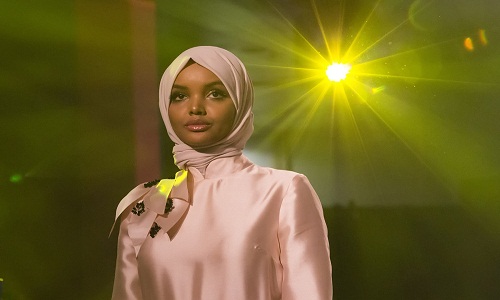 well as to body size and to gender and sexual identities. Now, religion is being added into the mix. For instance, cosmetics company CoverGirl, which once paved the way on racial and sexual diversity with brand ambassadors like Queen Latifah and Ellen DeGeneres, in January 2017, appointed American hijabi beauty blogger Nura Afia. Sephora, too, has showcased hijabis in cosmetics marketing for its Fall 2017 campaign. The diversity of the Muslim population offers a double win for brands seeking to make visible their commitment to all forms of social diversity.
well as to body size and to gender and sexual identities. Now, religion is being added into the mix. For instance, cosmetics company CoverGirl, which once paved the way on racial and sexual diversity with brand ambassadors like Queen Latifah and Ellen DeGeneres, in January 2017, appointed American hijabi beauty blogger Nura Afia. Sephora, too, has showcased hijabis in cosmetics marketing for its Fall 2017 campaign. The diversity of the Muslim population offers a double win for brands seeking to make visible their commitment to all forms of social diversity.
This rising affinity towards the muslim community has led to not only more people belonging to the religion entering the fashion industry, but also established names being more out about their Muslim heritage. Supermodel sisters Gigi and Bella Hadid have associated themselves publicly with Islamic causes. Bella has openly identified herself as Muslim and spoken of their Palestinian father's encouragement that they should be proud of their dual heritage. Gigi has shared on social media her cultural participation in Muslim festivals such as Eid with her then-boyfriend, Zayn Malik.
Emergence of the global Muslim consumer
With "home-grown" designers from within the Muslim community now entering the mainstream market; competition from global brands – be it Dolce & Gabbana's abayas or Nike's Pro Hijab – has become more marked as stakes have become higher. A global modest fashion infrastructure of competing modest fashion weeks, fairs, and expos has grown out of what were once low-key, community-run gatherings. This transition from avoiding Muslim consumers to wooing them has been fostered by professional marketers who have identified Muslims as a global consumer segment.
In early 2018, British retailer Marks & Spencer (M&S) decided to include "modest outfits" as an online search category and received quite a few negative responses. When M&S started to sell burkinis two years before, the controversy was about the garment. This time, the garments -- selected from existing lines -- were not the problem: it was the terminology.
Driven by search engine optimisation, rather than religious ideology lots of women commenters welcomed longer sleeves or higher necklines as suitable for occupation or age. M&S also confirmed that "'modest fashion' is an increasingly popular search term." As mainstream fashion brands continue to chase Muslim consumers, the market mature brands will need to listen to marketing experts who advise them to think internationally but act locally.



